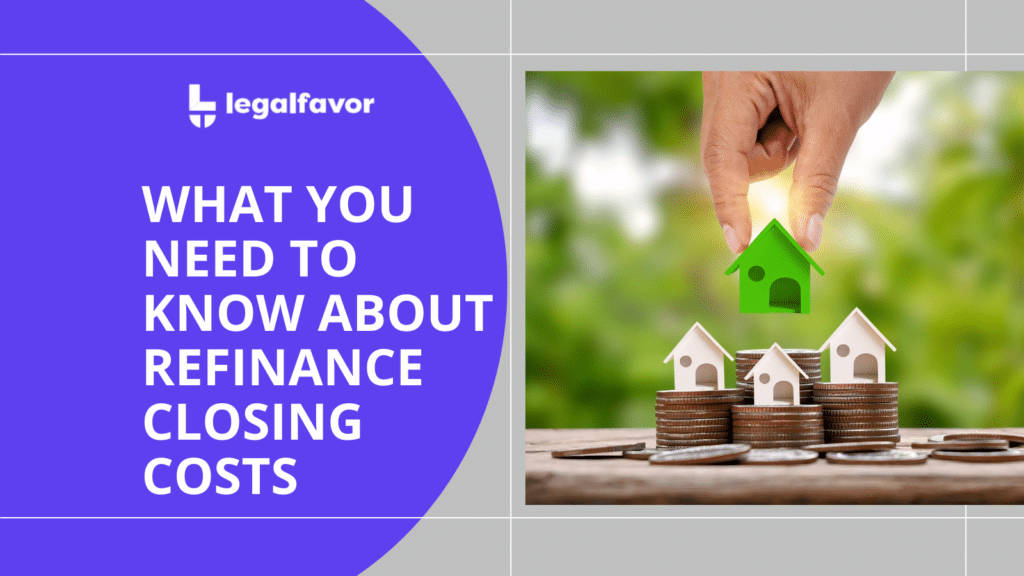Have you been injured in a slip and fall accident? Are you wondering what steps to take next? Filing a slip and fall claim can be complicated, but it doesn’t have to be. In this article, we’ll discuss the key steps to filing a successful claim, how to prove negligence in a slip and fall, and how do you win a slip and fall case.
Table of Contents
- Step 1: Seek Medical Treatment
- Step 2: Report the Slip and Fall Accident
- Step 3: Gather Evidence of Negligence in Slip and Fall
- Step 4: Contact a Personal Injury Lawyer
- Step 5: Understand the Elements of Negligence
- Step 6: Calculate Damages
- Step 7: Build a Negotiation Strategy
- Step 8: File the Slip and Fall Lawsuit
- Step 9: Serve the Defendant
- Step 10: Finalize the Settlement
- How Do You Prove Negligence in a Slip and Fall?
- How Do You Win a Slip and Fall Case?
- Related Slip & Fall Accident Articles
Step 1: Seek Medical Treatment
When a slip and fall accident occurs, the first step should be to seek medical attention. Even if you feel okay after the accident, getting checked out by a medical professional as soon as possible is important.
Seeking immediate medical attention is particularly important in cases where there are life-threatening or serious injuries. After receiving medical treatment, it is necessary to file an accident report and document everything related to the incident. This will help to ensure that any potential liability can be accurately established.
Step 2: Report the Slip and Fall Accident
After receiving medical attention, it’s important to report the incident right away. If the accident occurred on someone else’s property or in a public space, contact the owner or the authorities and make a report. The details should include the date, time, and place of the incident as well as any witness statements.
Make sure to jot down any details you can remember about the hazard that caused your fall. Once you’ve reported the slip and fall, you can then file a claim with the other party’s insurance company. If they refuse to pay, you can then file an accident report and document everything related to your case.
Step 3: Gather Evidence of Negligence in Slip and Fall
In order to prove negligence in a slip and fall accident, it is important to gather evidence. This includes taking pictures of the hazard that caused the fall and any surveillance camera footage that may have captured the incident. Witnesses who saw the accident can also provide valuable testimony.
Additionally, it is important to note any potential hazards on the property, such as wet floors or poor lighting. Having all this evidence can help establish the property owner’s negligence and help you build a claim for compensation. A slip and fall lawyer can help investigate and gather this evidence for your claim.
Step 4: Contact a Personal Injury Lawyer
Once you have reported the incident, gathered evidence of fault and injury, and sent out notifications, contacting a personal injury lawyer is important. A personal injury lawyer can help you understand the elements of negligence and calculate your damages.
They can also help you build a negotiation strategy, file the lawsuit, serve the defendant and finalize the settlement. A personal injury lawyer is equipped with specialized knowledge that can help you get the compensation you deserve. Be sure to research and find a lawyer with experience in slip and fall accidents.
Step 5: Understand the Elements of Negligence
In order to prove negligence in a slip and fall claim, it is important to understand the five elements of negligence: duty, breach, cause in fact, proximate cause, and harm.
- A duty of care exists when one person has an obligation to take reasonable measures to ensure the safety of another person.
- Breach of this duty occurs when someone fails to take reasonable precautions or fails to act in the same manner as a reasonable person would in the same situation.
- Cause, in fact, is established when it can be proven that the defendant’s negligent conduct was the direct cause of the plaintiff’s injury.
- Proximate cause is established when it can be shown that the defendant’s breach of duty was a foreseeable result of their actions which led to the plaintiff’s injury.
- Lastly, actual harm must be established by demonstrating that the plaintiff suffered physical or emotional harm as a result of the defendant’s negligence. By understanding these five elements, individuals can better prepare for and file a slip and fall claim.
Step 6: Calculate Damages
In Step 6 of filing a slip and fall claim, calculating damages is an important step in the process. In most cases, insurance adjusters and lawyers will use a formula to calculate damages, multiplying the total medical expenses by a factor (called a “multiplier”) between 1 and 5.
Damages can be difficult to calculate, so it is important to have an experienced personal injury attorney review the evidence and compile a list of damages related to the claim. In addition to medical expenses and other tangible losses, your attorney may also consider other forms of evidence such as pain and suffering, emotional distress, and lost wages to calculate a reasonable settlement amount. If the injured party is an employee, they cannot file a traditional slip and fall claim; instead, they must make a worker’s compensation claim per state rules.
Step 7: Build a Negotiation Strategy
Once you have the evidence needed to prove negligence, it is time to build a negotiation strategy. Your personal injury lawyer can help you come up with a plan of action that will maximize your chances of getting a fair settlement.
It is important to thoroughly understand the elements of negligence, including duty of care, breach of duty, actual cause, and proximate cause. Additionally, you should be aware of the type and amount of damages that may be awarded in your case. This includes medical expenses, lost income, pain and suffering, and other damages resulting from the incident. Your lawyer can help you calculate the appropriate amount of damages you should ask for in order to ensure that your settlement offer is fair and reasonable.
Step 8: File the Slip and Fall Lawsuit
Once you have gathered all of the evidence to prove that the property owner was negligent, it is time to file a lawsuit. To do so, you must first determine the proper court in which to file the lawsuit. This is usually the court of the jurisdiction in which the accident occurred.
After filing your complaint and summons, you must then serve them to the defendant. Depending on the state, this may be done by certified mail or a process server. After service of process has been completed, you are ready to move forward with your lawsuit.
Step 9: Serve the Defendant
Once a lawsuit has been filed, the defendant must be served with a summons and the complaint. This is typically done by the plaintiff’s lawyer, who will send a copy of the summons and complaint to the defendant by certified mail or hire a private process server.
The defendant then has a certain period of time to respond to the summons and complaint. If the defendant fails to respond within that time period, they may be subject to a default judgment in favor of the plaintiff. Once the defendant has been served, both parties can begin the discovery process.
Step 10: Finalize the Settlement
Once the personal injury lawyer and the defendant have agreed to a settlement amount, the next step is to finalize the settlement. This process involves drafting a release form that outlines the terms of the agreement.
This release must be signed by both parties, and depending on state law, it may need to be witnessed or notarized. Once both parties have signed the release, the defendant’s insurance company will issue a check for the agreed upon amount. Then, all necessary documents should be filed with the court so both parties can move forward.
How Do You Prove Negligence in a Slip and Fall?
In order to prove negligence in a slip and fall case, it is necessary to demonstrate that the property owner had a duty to take reasonable steps to ensure that the premises were safe for visitors. This includes regularly inspecting the premises for hazards and correcting any issues before they can cause harm. Proving negligence is one of the keys to winning a slip and fall case.
Evidence that may be used to prove negligence in a slip and fall case includes medical records, photographs of the accident scene, reports from witnesses and experts, surveillance footage, and any other relevant information. Understanding and proving the elements of negligence can be difficult, so it is important to seek legal advice from a personal injury lawyer who is experienced in slip and fall cases.
How Do You Win a Slip and Fall Case?
If you’re wondering how to win a slip and fall case, the claimant must be able to prove that the defendant had a legal duty of care and that they were negligent in performing this duty. Evidence must be provided which shows that the property owner was aware of the hazardous condition that caused the accident or should have been aware of it.
The claimant’s clothing and shoes must be able to support their claim of negligence, as well as any other evidence that may be relevant to the case. With sufficient proof, a claimant can demonstrate that the defendant is liable for any damages suffered due to their negligence.
Keep in mind, these are just the minimum steps needed to win a slip and fall case. It’s always wise to find a personal injury lawyer to walk you through the process and potentially improve your chances of winning a slip and fall case.





